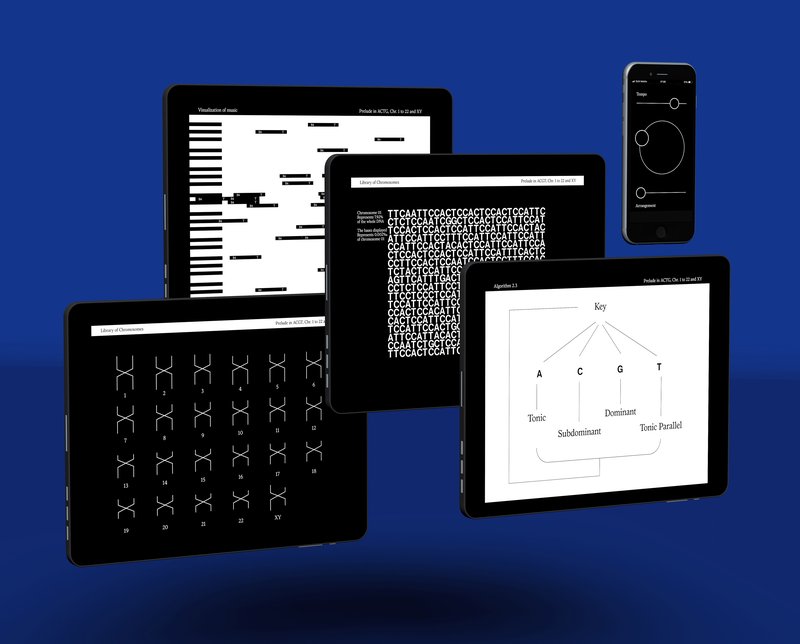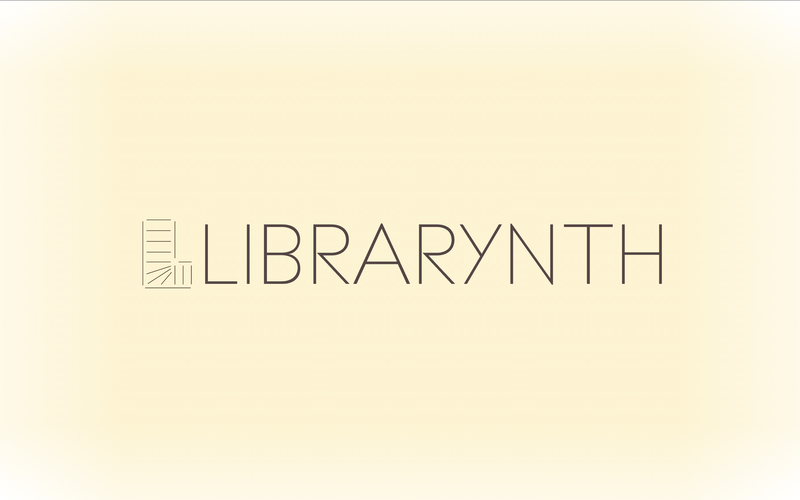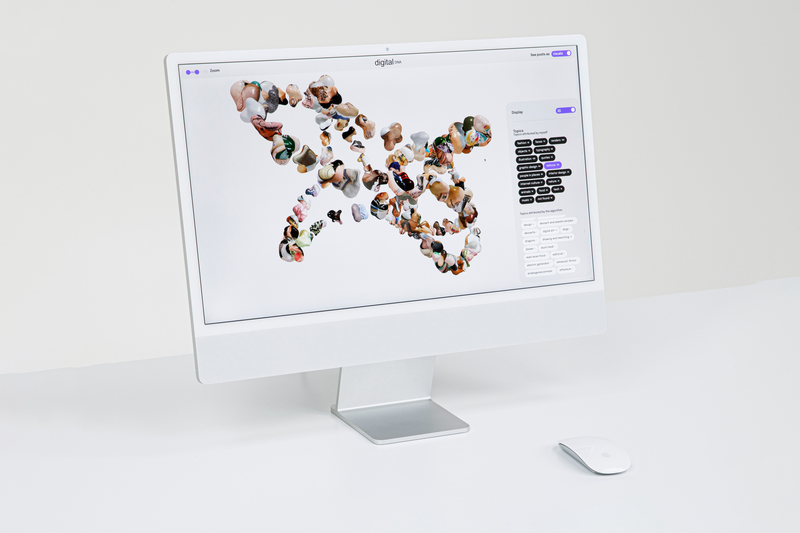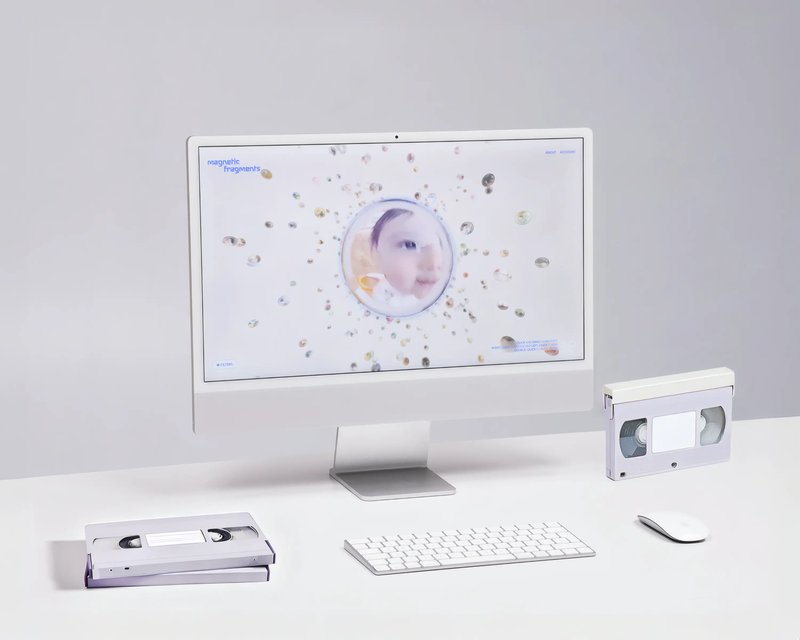
BA MEDIA & INTERACTION DESIGN
Pierry Jaquillard – Prelude in ACGT, Chr. 1 to 22 and XY
with Alain Bellet, Christophe Guignard, Gaël Hugo
2018: the recent technological advances pledge an eternal conservation of data. DNA seems to be the new medium for memory. Nevertheless, interpretation and therefore the understanding of this data is crucial. Will we be able to decode it? By giving a new interpretation of this code through music, I seek to discover it. How is it composed? Has it already been composed? This research is materialized by four screens to interact and understand different interpretations of only one code. Between science and music, this project interfaces culture, codes and nature.




